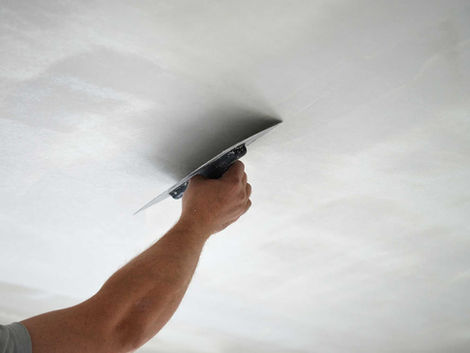
Lime Plastering - Lath Plastering
Lime plastering, also known simply as lime rendering or lime plaster, is a traditional building technique used for finishing interior and exterior walls. It involves the application of a mixture of lime, aggregate (such as sand), and water onto walls or other surfaces.
Here's a breakdown of the process and its components:
-
Lime: Lime is the primary binding agent in lime plaster. It is typically derived from limestone or chalk and is available in different forms, such as hydrated lime or non-hydraulic lime.
-
Aggregate: Aggregate, usually sand, is mixed with lime to provide bulk and improve the plaster's strength and durability. The ratio of lime to aggregate can vary depending on factors like the desired finish and the substrate.
-
Water: Water is used to mix the lime and aggregate into a workable plaster. The amount of water added can affect the consistency and workability of the plaster.
-
Application: Lime plaster is applied in layers onto prepared surfaces using a trowel or other tools. Multiple layers may be applied, with each layer allowed to dry before the next is added. The final layer is often smoothed or textured to achieve the desired finish.
-
Curing: After application, lime plaster requires time to cure and harden properly. This curing process may take several weeks or even months, depending on factors such as temperature and humidity.
Lime plastering offers several advantages over modern cement-based plastering, including better breathability, flexibility, and compatibility with historic buildings. It allows moisture to evaporate from the wall, reducing the risk of trapped moisture and associated problems like dampness and mould. Additionally, lime plaster is more environmentally friendly than cement-based alternatives, as lime production generates lower carbon emissions.
However, lime plastering also requires skill and knowledge to apply correctly, as well as proper maintenance to ensure its longevity. It's often favoured in restoration projects or for buildings with historical significance, where preserving traditional building methods and materials is important.

Before

During

After




